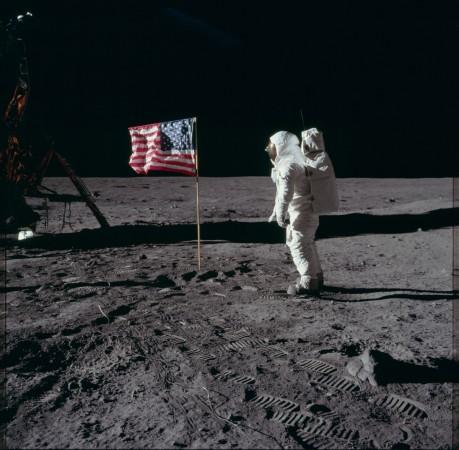
After years of hiatus, world powers are now busy launching lunar missions, and China has already taken the Chang'e-4 probe to the moon's orbit, which will soon land on the dark side of the moon.
As the space race has heated up, countries like the United States may soon send manned missions to the lunar surface. However, a new study conducted by researchers at Stony Brook University has found that manned missions to the lunar surface could be more dangerous than previously thought.
Even though astronauts involved in the Apollo 11 mission did not suffer any chronic diseases, experts believe that moon dust is not lung-friendly, and it will result in the onset of deadly diseases.
After studying the regolith or samples of lunar dust, researchers found that it could react with human cells and will result in the production of hydroxyl radicals. It should be noted that several previous studies have talked about the link between hydroxyl radicals and the development of lung cancer.
Donald Hendrix, the lead author of the study revealed that moon dust is a major health concern for astronauts in future lunar missions.
It should be also noted that lunar dust is capable of damaging the DNA in cells, and finally, it may lead to cancer. A new study report published in the journal 'Advancing Earth and Space Science' detailed an experiment which was aimed to analyze the toxicity of lunar dust.
During the study, researchers exposed mouse brain cells, and human lung cells to simulated lunar soil and they found that 90 percent of human lung cells and mouse neurons died.
"We found that exposure of neuronal and lung epithelial cells in culture to several types of lunar soil simulants caused cell death and DNA damage. The effects varied with the cell type," wrote the researchers in the study report.
As these new reports surfaced, space agencies like NASA are expected to pay more care and attention while planning manned lunar missions.













